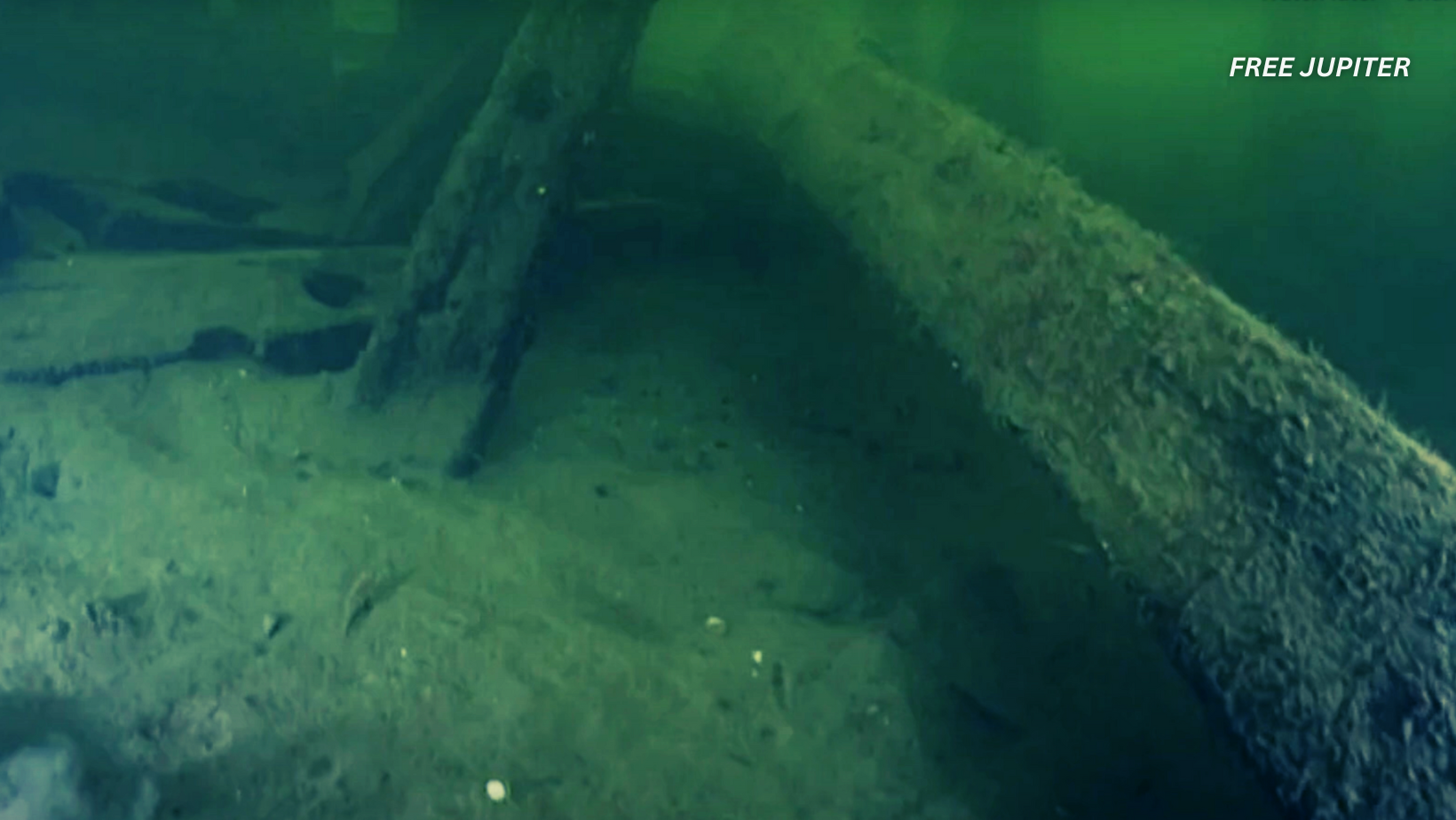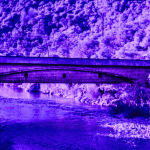For two centuries, scholars have mistakenly identified sunken ships as Viking vessels, but recent discoveries tell a different story. The long-held belief that these shipwrecks were remnants of the Viking Age has now been challenged by modern archaeological techniques, revealing new insights into maritime history. What was once considered definitive evidence of Viking-era seafaring is now being reconsidered, suggesting a far more diverse and complex evolution of shipbuilding in the region.
Off the Swedish coast, a well-preserved shipwreck has raised new questions, prompting archaeologists from the Stockholm Shipwreck Museum to seek funding for further excavation. Positioned 20 kilometers from shore, the vessel remains remarkably intact, with several masts still in place. Its condition has provided researchers with a rare opportunity to closely examine its structure and construction methods. Initially believed to be a Viking ship due to its location and assumed age, deeper analysis now indicates that its origins may be far more complex and significant than previously thought.
The discovery challenges the narrative that Viking shipbuilding techniques dominated the region for centuries without major innovation. Instead, it points to a transitional period where different styles of ship construction coexisted and influenced one another. This raises important questions about the extent of technological exchange between Nordic shipbuilders and other seafaring cultures, such as those in the Mediterranean.
New dating methods, including 3D mapping and material analysis, have allowed researchers to reassess previous assumptions. As these technologies continue to improve, more shipwrecks once believed to be from the Viking Age may also be reevaluated, potentially rewriting portions of Scandinavian maritime history. This revelation underscores the ever-evolving nature of archaeology, where even well-established theories can be overturned with new evidence.
Read more: The Discovery Of A 1,200-Year-Old Ship ‘Laden With Cargo’ Is Rewriting The History Books
A Shift in Shipbuilding Techniques
The ship embodies a crucial transition in shipbuilding history, bridging medieval and modern techniques. Viking Age vessels, along with earlier Nordic ships, were traditionally constructed using clinker-built methods. This involved overlapping wooden planks along the hull, a technique that defined shipbuilding in the region for centuries. However, the ship discovered at the bottom of the sea deviates from this approach. Instead, its planks are laid side by side, a hallmark of a construction style originating from the Mediterranean.
Naval Warfare and Structural Evolution
This method, believed to have emerged around the 7th century, significantly reinforced hull strength. The adaptation of this shipbuilding strategy proved vital during an era when naval warfare had evolved, and cannons became dominant weapons at sea. Such advancements changed how ships were constructed, ensuring they could withstand the force of artillery and engage in combat effectively.
Redefining the Viking Shipwrecks
Since the 19th century, experts have classified five shipwrecks found in the Swedish archipelago as belonging to the Viking Age. However, modern research challenges this long-held belief. Cutting-edge technology, including 3D mapping, has provided fresh insights into these submerged relics. The findings indicate that these ships are considerably younger than previously assumed, with one in particular standing out as a groundbreaking example of shipbuilding in the Nordic region.
Read more:Underwater Robot Captures A Sunken Container, Researchers Turn Pale When They Open It
A New Timeline for the Shipwrecks
Recent archaeological analysis has determined that four of these wrecks date back to the 17th and 18th centuries. One vessel, however, predates the others by a significant margin. Experts at the Vrak Shipwreck Museum in Stockholm estimate that its remains originate from between 1460 and 1480.
The Broader Historical Impact
The findings highlight a turning point in maritime history, as Scandinavian shipbuilders gradually moved away from clinker techniques in favor of newer, more durable methods. The shift reflected broader changes in naval warfare, trade, and exploration, as vessels were required to endure longer voyages and harsher conditions.
Challenging Established Narratives
While these discoveries challenge traditional views, they also offer a more comprehensive understanding of historical shipbuilding. The misidentification of these wrecks for two centuries underscores the evolving nature of archaeological research. As technology advances, so too does the ability to reassess historical artifacts with greater accuracy.
The persistence of outdated classifications serves as a reminder that history is often shaped by interpretations that may later prove incorrect. Maritime archaeology has long relied on fragmentary evidence, meaning that previous conclusions were drawn from the best available data at the time. Now, with the aid of modern research methods, these assumptions are being revised, demonstrating that even well-documented historical narratives require continual scrutiny.
This shift also highlights the importance of interdisciplinary collaboration in uncovering the truth about the past. Experts in shipbuilding, military history, and materials science must work together to piece together the full story of these vessels. By combining historical records with physical evidence, a clearer picture of maritime innovation and cross-cultural influences emerges.
Furthermore, these findings call into question other presumed Viking-era discoveries. If long-standing identifications of ships can be incorrect, it is possible that other artifacts and structures attributed to the Viking Age may also require reevaluation. This has the potential to reshape our understanding of Scandinavia’s seafaring legacy and the broader development of naval technology.
Ultimately, the willingness to challenge accepted narratives is a hallmark of good historical research. These shipwrecks remind us that history is never static—it is a dynamic field that grows richer with each new discovery. The true story of these vessels is still unfolding, and as further excavations and studies continue, the past will become even clearer.
Read more: Secret CIA Files Say That The Ark of the Covenant Does Really Exist And They Know Its Location
Future Research and Exploration
Further excavation and analysis will undoubtedly shed even more light on these remarkable shipwrecks. With additional funding, researchers hope to uncover more details about their origins, usage, and eventual fate.
Advanced imaging techniques, such as sonar scanning and underwater drones, may provide a clearer picture of the ships’ structures and help identify elements that remain hidden beneath layers of sediment. Additionally, material analysis could offer insights into the type of wood used in construction, shedding light on trade routes and resource availability at the time.
Collaboration with international maritime historians and archaeologists could further contextualize these discoveries, comparing them with similar finds from other regions. Digital reconstructions may also allow experts to visualize how these ships once appeared and operated, bringing their history to life for both researchers and the public.
For now, the mystery of these vessels serves as a reminder that history is never as static as once believed—new discoveries are always waiting beneath the surface. With each excavation, the past becomes clearer, reshaping our understanding of maritime heritage and the evolution of shipbuilding.










